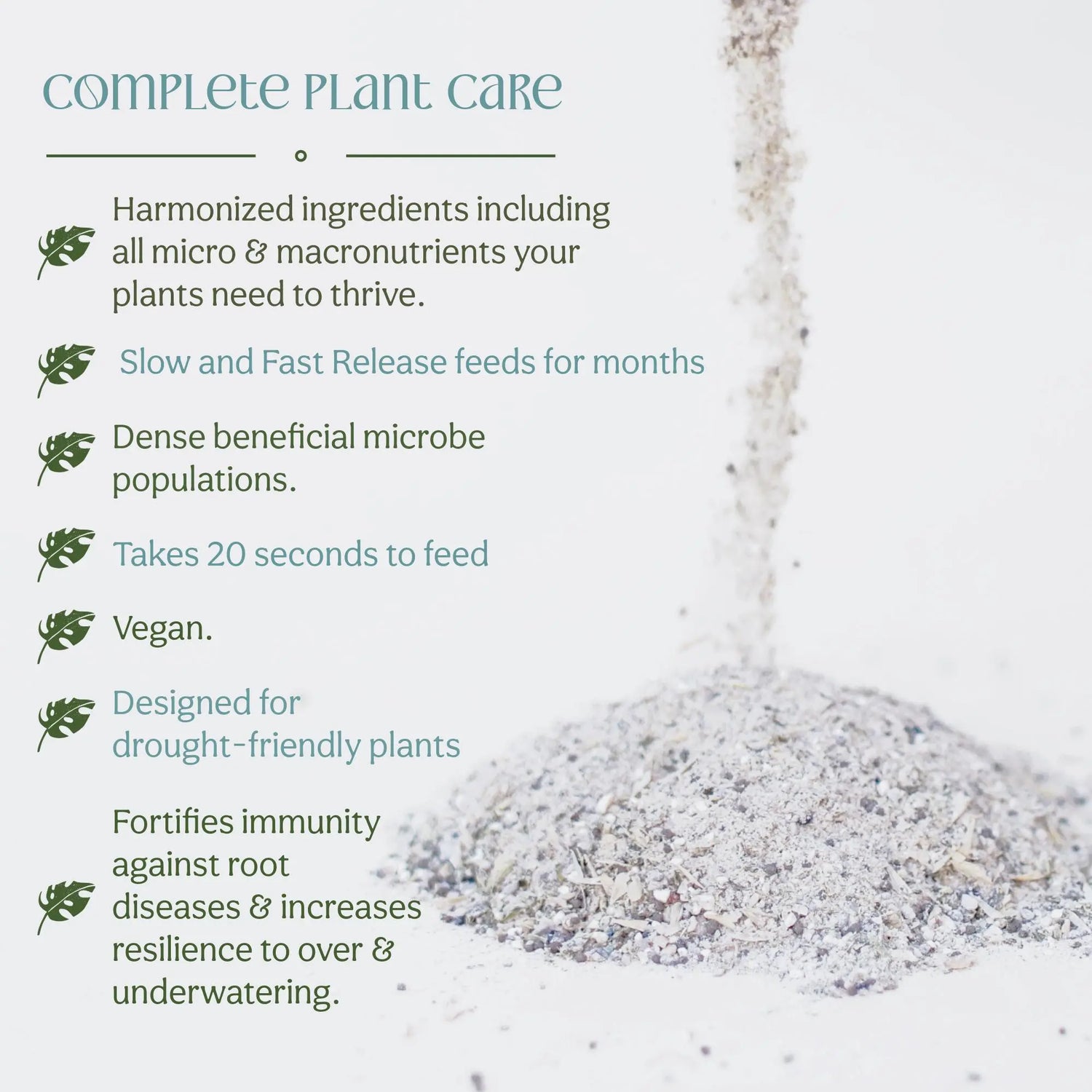Understanding Temperature and Relative Humidity for Plants
Understanding the importance and nuances of temperature and relative humidity for plants is crucial for their optimal growth and health. While environmental conditions can vary to some extent, most plants commonly found in homes and gardens require similar basic conditions.
Temperature
The vast majority of plants thrive in temperatures between 60-75°F, often referred to as the "green zone." Within this range, some plants may prefer the cooler end, while others may do better in slightly warmer conditions. These temperature preferences are largely influenced by the climates in which these plants evolved. For instance, tropical plants like Monsteras, which are native to jungle environments, flourish in warmer temperatures around 75°F and higher humidity levels of 65% or more. In contrast, plants like the ZZ plant (Zamioculcas zamiifolia), originating from the dry, rocky grasslands of Eastern Africa, are well-adapted to cooler and drier conditions, typically thriving in temperatures around 60-75°F and low humidity.
Relative Humidity
Relative humidity is a critical factor for plant health, as it directly affects a plant’s ability to transpire and carry out photosynthesis. The optimal relative humidity range for most houseplants is between 45-65%. Within this range, plants can efficiently manage their water uptake and transpiration rates, promoting healthy growth and development.
Vapor Pressure Deficit (VPD)
Vapor Pressure Deficit (VPD) is a crucial concept that helps us understand how humidity and temperature interact to influence plant growth. VPD is the difference between the amount of moisture in the air and how much moisture the air can hold when it is saturated. It is a measure of the drying power of the air, which affects the rate of transpiration and water loss in plants.
How VPD Affects Plants
Optimal VPD Range
Maintaining an optimal VPD is crucial for maximizing plant growth and health. For most houseplants, an optimal VPD range is typically between 0.8 to 1.2 kPa (kilopascals). This range ensures that the plant’s transpiration rate is balanced, allowing for adequate water uptake without causing excessive water loss.
Practical Tips for Managing Humidity and VPD
Special Cases: Succulents and Cacti
While most houseplants prefer the green zone of 60-75°F and moderate humidity, succulents and cacti are notable exceptions. These plants are native to arid regions and have evolved to survive in extreme conditions. They thrive in dry environments with minimal water and can tolerate higher temperatures and low humidity levels. Succulents and cacti store water in their leaves and stems, allowing them to withstand long periods of drought.
Conclusion
In summary, understanding the temperature and humidity preferences of your plants is key to providing the optimal conditions for their growth. Most plants thrive within the green zone of 60-75°F, but always consider their specific evolutionary backgrounds. Tropical plants will appreciate warmer temperatures and higher humidity, while hardier plants like the ZZ plant will do well in cooler, drier conditions. Special attention should be given to succulents and cacti, which prefer arid environments. By replicating the natural conditions your plants are accustomed to, you can ensure they remain healthy and vibrant.







0 comments